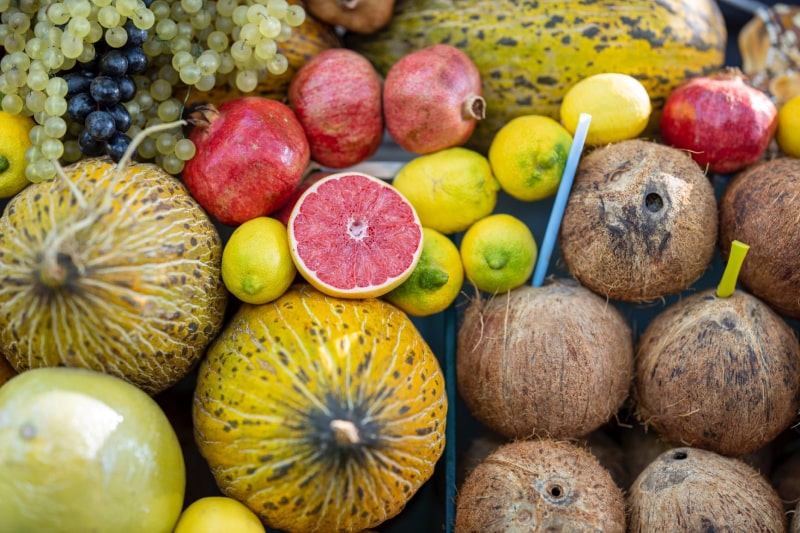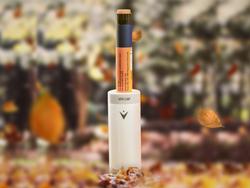Tempramed Blog
It's Summer, Try Some Fruit

We already knew that fruit is part of a healthy diet, and now a recently published study adds further proof.
The study — called the EPIC Heart study — followed over 300,000 participants for an average of 8.5 years, measuring their fruit and vegetable consumption while monitoring health parameters. The results were quite impressive: Participants who consumed eight or more servings of fruits and vegetables every day were 22 percent less likely to die of heart disease than those who ate three or fewer servings. This is by no means telling you to eat eight servings of fruit, but the benefit of fresh fruit cannot be ignored(1).
When incorporating fruit into your meal plan, the challenge is finding fruits that have the right amount of carbohydrate—and, of course taste—that fit into what I like to call your total meal plan “budget.” Most of the calories in fruit come from the sugar or carbohydrate content. Remember that a serving of fruit can be fruit juice as well. I like to advise patients to eat the fruit rather than drink it because that will generally give you more fiber, thus making you feel fuller, and help reduce the impact on your blood sugars.
Certain fruits should be avoided if you have medical conditions such as kidney disease or diverticulitis. Some fruits have high fat content and should be eaten more sparingly than others. One single avocado, for example, has about 12 grams of carbohydrate and 20 grams of fat. Coconut is also quite high in fat, with one cup of shredded coconut yielding 25 grams of fat and 285 calories.
I like adding fruits to salads; berries are a low glycemic fruit and taste amazing on summer salads. This may allow you to cut down on the salad dressing. One tip: the riper the fruit, the more concentrated sugars it contains. Consider limiting consumption of over-ripe fruits, and keep in mind that one serving of fruit is equal to about one cup or one piece of whole fruit in general.
A study published in The American Journal of Clinical Nutrition in April 2013 found that consumption of blueberries and apples reduced the risk of developing type 2 diabetes.(2) This may be because these two fruits are rich in flavonoids called anthocyanins. These may have antioxidant and/or anti-inflammatory properties. Remember that I have also stated in numerous articles that diabetes produces oxidative by-products that may be toxic and create a pro-inflammatory state in the body.
During summertime, it will be easy to find a variety of fresh fruits that satisfy our cravings. Remember that mixing foods of different types makes the taste more interesting and healthier. It is great during this season to pile healthy foods onto great salads. Dried fruit can be a danger because of the concentrated sugar content, which can cause fast spikes in blood glucose.
Experiment and share your recipes with us, as we are all on this journey together. And keep in mind that a registered dietician is one person you should try to meet with on a regular basis.
Stay well my friends in the summer heat!!
And
Don’t forget that at TempraMed we are here to protect you and your insulin and to keep you safe.
1.European Heart Journal, Volume 32, Issue 10, 1 May 2011, Pages 1235–1243, https://doi.org/10.1093/eurheartj/ehq465
2. BMJ 2013;347:f5001doi: https://doi.org/10.1136/bmj.f5001 (Published 29 August 2013)




